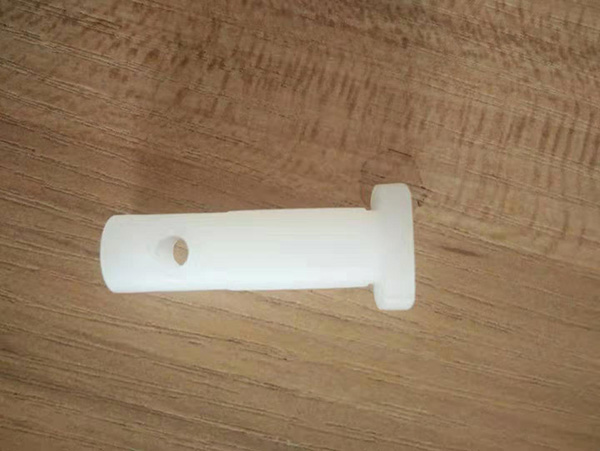Zirconia ceramics have the advantages of high toughness, high bending strength, high wear resistance, chemical corrosion resistance, high thermal expansion coefficient, high electrical properties, etc., which are widely used in the field of structural ceramics and functional ceramics. The porosity and brittleness of zirconia ceramics are the key indicators of ceramic properties. How to describe these indicators accurately and quickly is related to the production effect and efficiency of the products, and the establishment of a set of standard testing process will undoubtedly promote the positive and healthy development of the industry.

(zirconia / photovoltaic ceramic parts)
The properties of zirconia ceramics depend on its microstructure. Due to the characteristics of zirconia ceramics production process, there must be some pores in zirconia ceramics, which are divided into open pores and closed pores. Porosity, the size, quantity and distribution of pores are important contents in the microstructure of zirconia ceramics, and are important indexes to determine the properties of zirconia ceramics. The lower the porosity is, the smaller the porosity is, the closer the porosity is to the ball, and the more uniform the porosity distribution is, the better the performance of zirconia ceramics is. At present, we can refer to GB / T 25995-2010 fine ceramics density and apparent porosity test method [5] to test the porosity of zirconia ceramics.
However, the standard method has some limitations:
1) It is only suitable for ceramic materials with porosity of 0.5% - 10%;
2) It can only detect the open porosity, not the closed porosity;
3) The sample processing time is long and the detection period is long;
4) With the same quality of samples, the surface area (fragmentation) and apparent porosity of the samples increased, and the test results were affected by the surface area of the samples.


 Hotline:
Hotline: 
 Contact: Miss Li / +86 13332686959
Contact: Miss Li / +86 13332686959 Contact: Mr Li / +86 13316634021
Contact: Mr Li / +86 13316634021
 Consultant: Mr. Lin / 13532935121
Consultant: Mr. Lin / 13532935121
 Mail Box: 29384242801@qq.com
Mail Box: 29384242801@qq.com
 Fax: +86 0769-81587969
Fax: +86 0769-81587969
 Website: en.dgmjtc.com
Website: en.dgmjtc.com
 Add: No. 9, Xingfa South Road, Chang'an, Wusha Community, Chang'an Town,
Add: No. 9, Xingfa South Road, Chang'an, Wusha Community, Chang'an Town, Scan it
Scan it